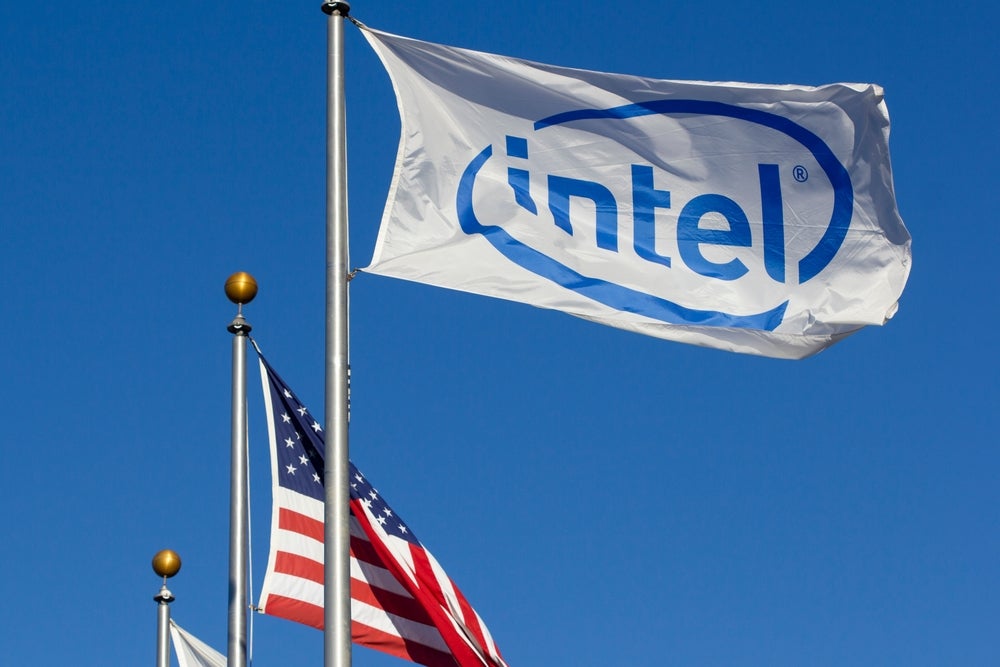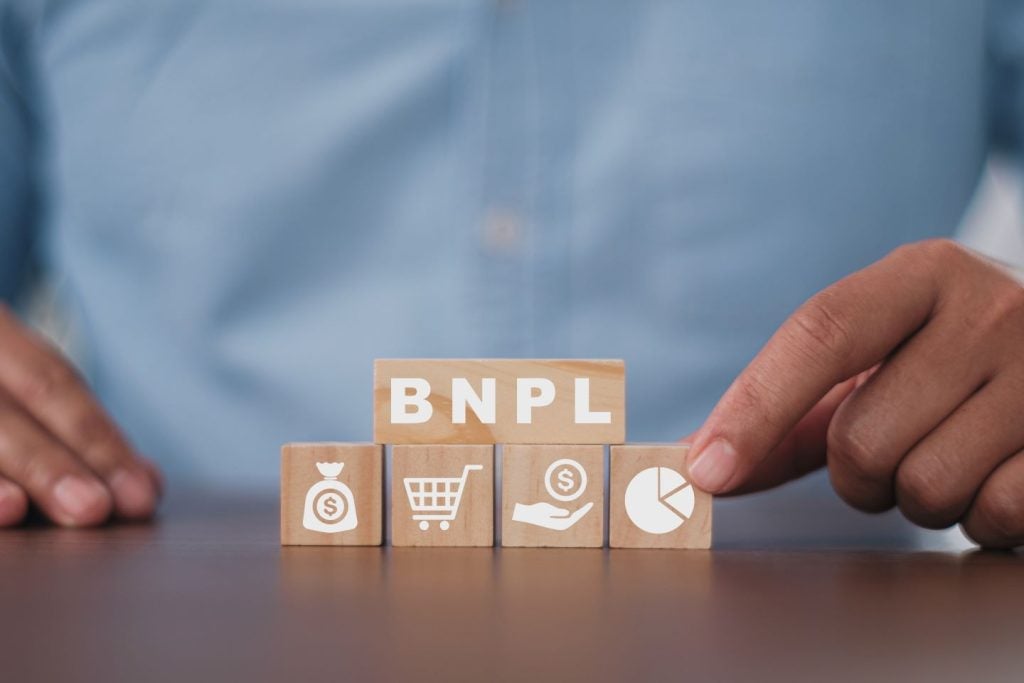Infineon Technologies has been granted a patent for a method involving a magnetic field sensing device with a measurement range of less than 360 degrees. The device collects signal values corresponding to different components of the magnetic field, determines calibration points and angular positions based on these values, calculates calibration parameters, and utilizes them to perform safety checks. The patent aims to improve the accuracy and reliability of magnetic field sensing devices. GlobalData’s report on Infineon Technologies gives a 360-degree view of the company including its patenting strategy. Buy the report here.
According to GlobalData’s company profile on Infineon Technologies, under-screen biometric identification was a key innovation area identified from patents. Infineon Technologies's grant share as of September 2023 was 65%. Grant share is based on the ratio of number of grants to total number of patents.
Magnetic field sensing device with calibration for safety checks
A recently granted patent (Publication Number: US11774234B2) describes a method for calibrating and performing safety checks on a magnetic field sensing device. The method involves sensing a magnetic field using the device and collecting signal values corresponding to different components of the magnetic field. The device then determines calibration points and angular positions based on these signal values. It calculates calibration parameters using the calibration points and angular positions and utilizes these parameters to perform safety checks. The results of the safety checks are then outputted by the device.
The patent also discloses a method for obtaining signal values from a magnetic field using a sensing device. The sensing device collects sensor data associated with a magnetic field within a measurement range of less than 360 degrees. It determines calibration points and angular positions based on the collected signal values and calculates calibration parameters using these points and positions. The device then performs safety checks using the calibration parameters and outputs the results of these checks.
The method for calculating the calibration parameters involves performing ellipse regression by solving a set of overdetermined equations. The resulting matrix of values includes specific elements that are used to calculate the calibration parameters. The patent describes different scenarios and formulas for calculating the calibration parameters based on the values in the matrix.
The patent also mentions an angle sensor and a system that incorporate the methods described. These devices include processors that perform the calibration and safety check processes using the ellipse regression method.
Overall, the granted patent presents a method for calibrating and performing safety checks on magnetic field sensing devices. The method involves collecting signal values, determining calibration points and angular positions, calculating calibration parameters, and utilizing these parameters for safety checks. The patent also includes specific formulas for calculating the calibration parameters based on the results of ellipse regression. The disclosed angle sensor and system incorporate these methods for improved magnetic field sensing capabilities.
To know more about GlobalData’s detailed insights on Infineon Technologies, buy the report here.
Data Insights
From

The gold standard of business intelligence.
Blending expert knowledge with cutting-edge technology, GlobalData’s unrivalled proprietary data will enable you to decode what’s happening in your market. You can make better informed decisions and gain a future-proof advantage over your competitors.







